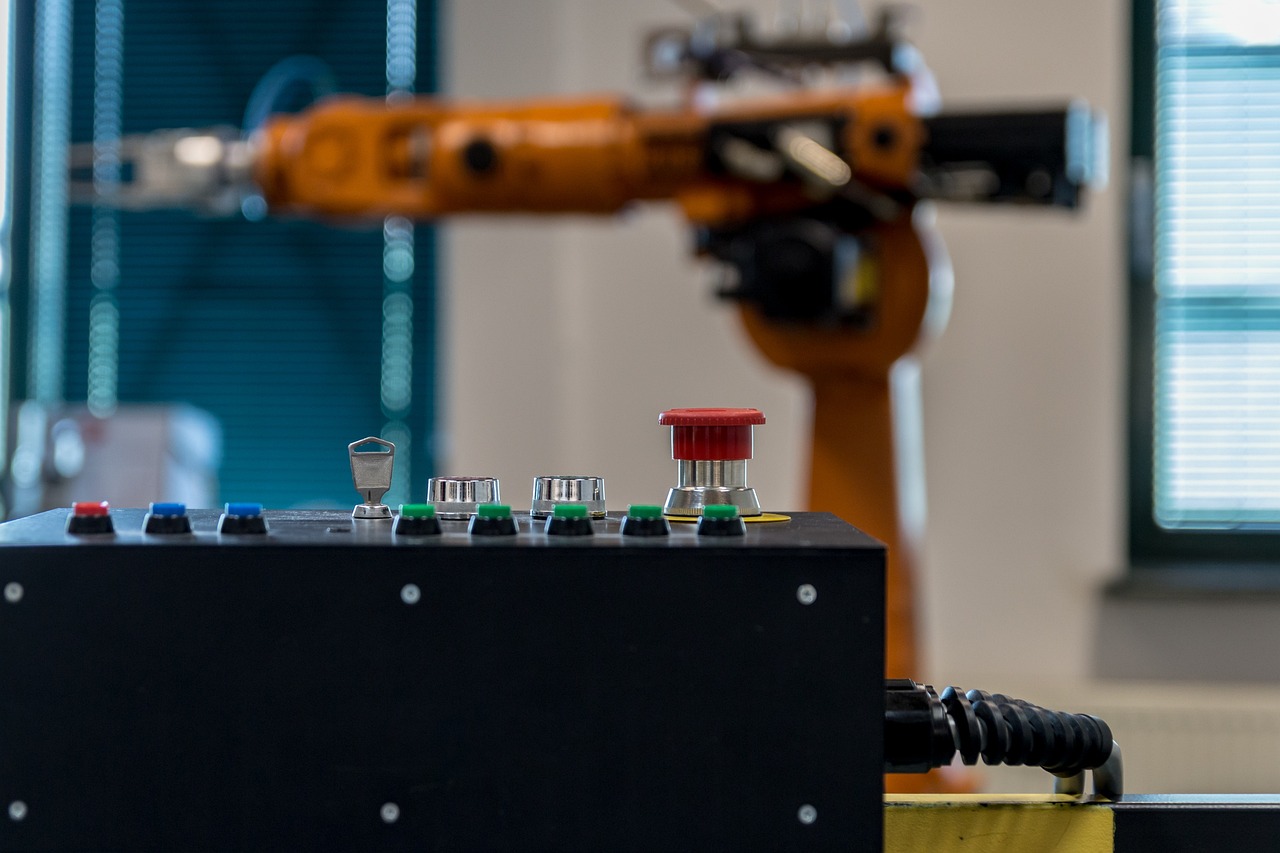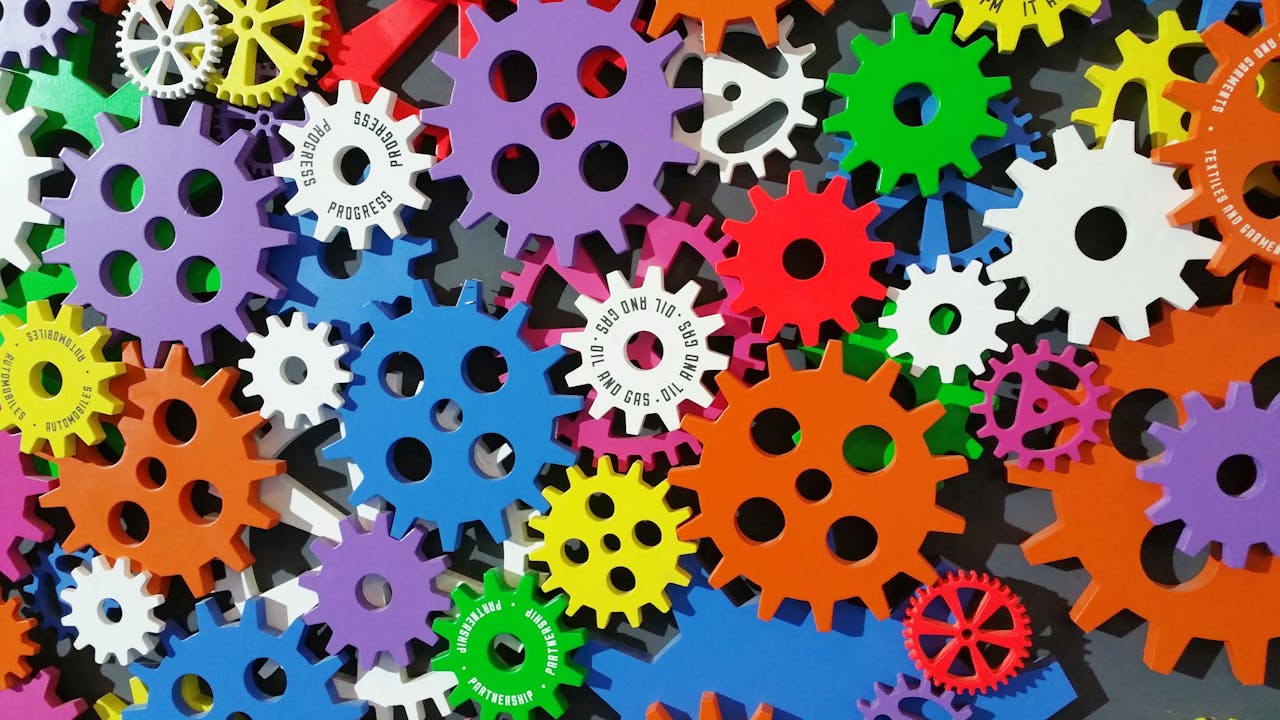
In the realm of robotics and automation, precision performance is not just a desired attribute but a fundamental requirement. The efficiency and effectiveness of robotic systems heavily rely on the accuracy and reliability of their components, particularly gears. Gears serve as the mechanical backbone, transmitting power and motion with precision. From industrial robots to medical devices and beyond, the demand for advanced gear solutions continues to escalate, driving innovation and pushing the boundaries of what is achievable.
Table of Contents
Gear Design and Optimization
At the heart of every robotic system lies a meticulously designed set of gears, engineered to meet specific performance criteria. The design process involves intricate calculations and simulations to ensure optimal performance under varying conditions. Advanced software tools enable engineers to model gear systems with unparalleled accuracy, taking into account factors such as load distribution, backlash minimization, and efficiency optimization. Through iterative design iterations, gears can be fine-tuned to achieve the desired balance between strength, speed, and smooth operation. Furthermore, advancements in materials science have led to the development of high-strength alloys and composites, allowing gears to withstand higher loads and operate in harsh environments with minimal wear and tear.
Precision Manufacturing Techniques
The transition from design to manufacturing is where precision truly comes into play. Modern machining technologies, such as CNC (Computer Numerical Control) milling and grinding, enable the production of gears with micron-level accuracy. Tight tolerances and surface finishes are essential to ensure smooth meshing and minimal friction, thereby maximizing efficiency and extending the lifespan of the gear train. Additionally, advanced heat treatment processes, such as carburizing and nitriding, enhance the hardness and durability of gear surfaces, enabling them to withstand repetitive stress and prolonged operation without deformation or fatigue failure. Furthermore, automated inspection systems, including coordinate measuring machines (CMMs) and optical scanners, provide real-time feedback on dimensional accuracy and geometric conformity, ensuring that each gear meets the stringent quality standards required for precision performance.
Applications and Future Outlook
The applications of precision gears in robotics are vast and diverse, spanning across industries ranging from automotive manufacturing to aerospace exploration. In the automotive sector, robotic assembly lines rely on high-speed gearboxes to precisely position components and perform complex tasks with millimeter-level accuracy. In the medical field, surgical robots equipped with precision gear systems enable surgeons to perform minimally invasive procedures with unparalleled dexterity and precision, reducing patient trauma and recovery time. Looking ahead, the future of precision gear solutions holds immense promise, driven by advancements in materials, manufacturing techniques, and artificial intelligence. As robotics continue to permeate every aspect of human life, the demand for gears that offer unparalleled performance and reliability will only continue to grow, paving the way for a new era of automation and innovation.
Sourcing Precision Gear Solutions
When seeking top-tier gear solutions tailored to specific robotic applications, partnering with reputable equipment companies is paramount. As explained by experts from nabtescoprecision.com, some companies specialize in providing custom gear solutions for a myriad of industries, including robotics. With a focus on precision engineering and cutting-edge technology, these companies offer a comprehensive range of gears designed to meet the exacting demands of modern automation. From high-speed gearboxes for assembly line robots to precision planetary gears for surgical robots, their expertise spans various sectors, ensuring seamless integration and optimal performance. By collaborating with trusted equipment suppliers robotic engineers can access the expertise and resources needed to elevate their systems to new heights of precision and performance.
Advancements in Gear Technology
In recent years, advancements in gear technology have been nothing short of revolutionary, pushing the boundaries of what is achievable in terms of precision, efficiency, and reliability. From the development of novel gear geometries to the integration of smart sensors and actuators, the landscape of gear solutions for robotics and automation is undergoing a profound transformation. One notable breakthrough is the emergence of harmonic drive systems, which offer compact, lightweight, and backlash-free transmission of motion, making them ideal for applications where space is limited and precision is paramount. Furthermore, the integration of advanced materials such as carbon fiber reinforced polymers (CFRP) and ceramic composites is revolutionizing the design of gears, enabling them to operate at higher speeds and temperatures while reducing weight and frictional losses.

The Role of Artificial Intelligence in Gear Optimization
Artificial intelligence (AI) is poised to revolutionize the field of gear optimization, offering new insights and capabilities that were previously unimaginable. By harnessing the power of machine learning algorithms and predictive analytics, engineers can now analyze vast amounts of data to identify optimal gear designs and operating parameters with unprecedented speed and accuracy. Moreover, AI-driven optimization techniques enable real-time adaptation and self-correction, allowing gear systems to continuously improve their performance based on changing environmental conditions and usage patterns. As AI continues to evolve, its integration into gear design and optimization processes holds immense promise for unlocking new levels of efficiency, reliability, and performance in robotic systems and beyond.
The field of precision gear solutions for robotics and automation is undergoing a period of rapid evolution, driven by advancements in materials, manufacturing techniques, and artificial intelligence. From the design and optimization of gears to their seamless integration into robotic systems, every aspect of the process is being redefined to meet the growing demands of the industry. As companies like Precision Equipment Company lead the way in innovation and excellence, the future of precision performance looks brighter than ever. With a relentless commitment to pushing the boundaries of what is possible, we can expect to see continued advancements that will shape the future of robotics and automation for years to come.


